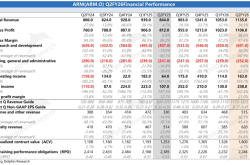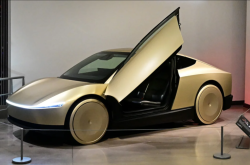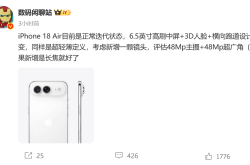Audi Bows to Reality, Withdraws Full Electrification Goal
![]() 06/19 2025
06/19 2025
![]() 604
604
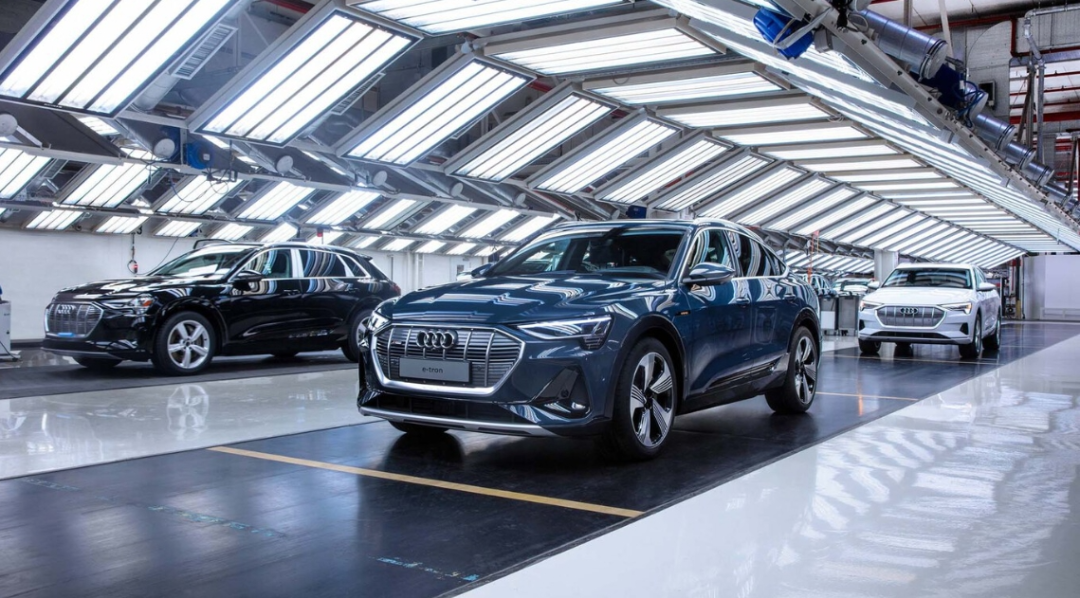
From radical commitments to realistic compromises, why are automotive giants collectively 'reversing' course?
Author | Dongguan Daxiansheng
Produced by | Electric Union
The four-ring logo still shines, but the roar of internal combustion engines echoes longer than the buzz of electric motors in Audi factories.
On June 18, Audi officially abandoned its goal of full electrification by 2033, no longer setting a clear timeline for the end of internal combustion engines. Initially, Audi intended to cease developing internal combustion engine technology from next year and even planned not to launch new fuel models after 2026, but this idea has long been quietly shelved.
Audi CEO Gernot Döllner clarified that this decision was not his but made by the previous management. He confirmed that he overturned this plan because he values 'flexibility' more.
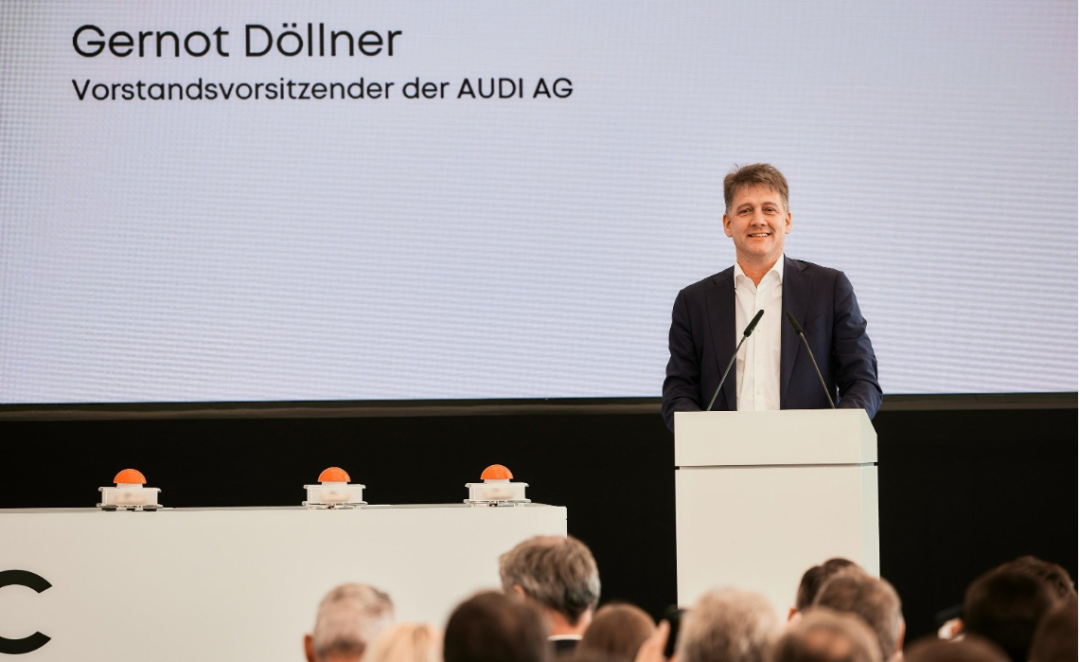
This decision is not an isolated incident but part of a collective resurgence of conservatism among traditional automotive giants amid the wave of electrification.
BMW CEO Oliver Zipse publicly declared that 'full electrification is unrealistic and dangerous,' Akio Toyoda has repeatedly questioned the absoluteness of the pure electric route, and Mercedes-Benz quietly retains the AMG fuel performance car lineage. The 'strategic retreat' led by traditional giants is rewriting the electrification narrative.
01
Strategic Retreat
Hints of Audi's shift in electrification strategy emerged early. In early 2025, Audi abolished the 'odd-even naming system' (odd numbers for fuel vehicles, even numbers for electric vehicles). This seemingly simple adjustment to product identification has been seen by the industry as a metaphor for the contraction of the electrification strategy.
A deeper signal comes from the shaking of Europe's manufacturing foundation. In February 2025, Audi closed its factory in Brussels, Belgium. This factory, with a history of over 70 years and once seen as the starting point for Audi's electrification, was forced to halt production due to the continued sluggish sales of its main electric model, the Q8 e-tron.
Global sales of the Q8 e-tron were only 49,000 units in 2023, a year-on-year decline of 4.3%, and further plummeted by 27% in 2024, far below the factory's annual production capacity of 120,000 units. The closure of this 'first large-scale production plant in the luxury car sector to achieve carbon neutrality' has become a physical symbol of Audi's hindered electrification progress.
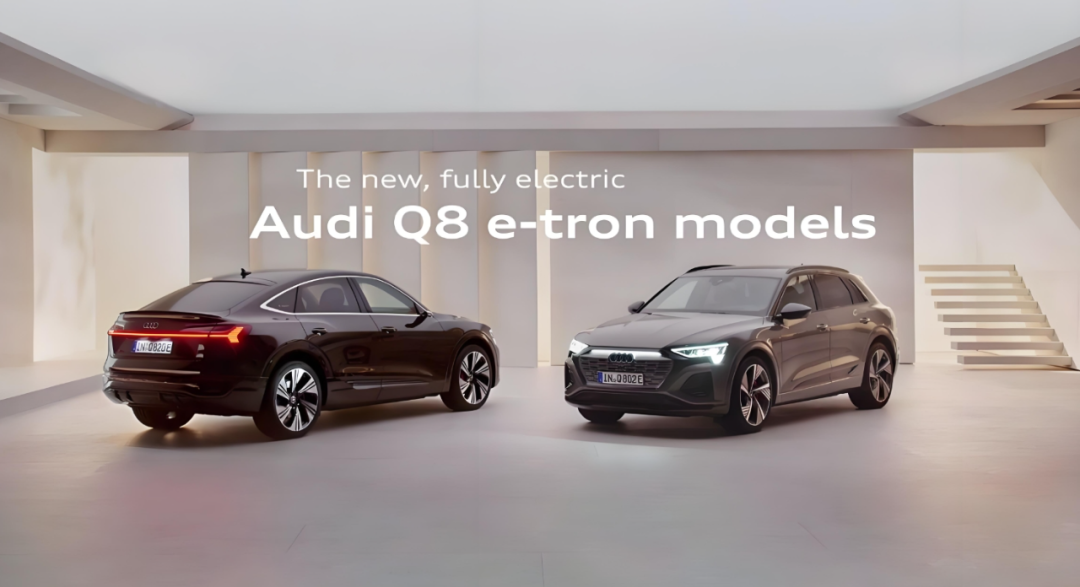
Audi's retreat from its electrification strategy is essentially a concession to market reality. In 2024, Audi's global sales fell by 11.8% year-on-year, the largest decline among the BBA camp, and it was even surpassed by Tesla for the first time. Sales of its pure electric models declined by 8% to 164,000 units, accounting for only 9.81% of total sales, further widening the gap with Mercedes-Benz and BMW.
Especially after Germany abolished electric vehicle subsidies, Audi's electric vehicle sales in its home market plummeted by 33%. The entire European electric vehicle market remained weak, with sales in July 2024 falling by 10.8% year-on-year and plunging by 43.9% in August, setting a record low in nearly three years.
The market's underwhelming acceptance has also become a core reason for Audi's 'retreat'. With electric vehicle penetration rates at only 20% in Europe and just over 30% in China, forcibly phasing out fuel vehicles is tantamount to gambling with market share.
In addition to external market factors, technological shortcomings are also limiting the speed of Audi's pure electric vehicle promotion. The delay in research and development by Volkswagen Group's software subsidiary Cariad has led to multiple postponements in the launch of Audi's PPE platform model, the Q6 e-tron, forcing Audi to rely on 'oil-to-electric' transitional products for a long time. Audi's original SSP pure electric platform, which was intended to spearhead electrification, has also been delayed until 2029.
Similar dilemmas are also spreading among other traditional auto companies. The Volkswagen ID series has frequent software failures, and Toyota's solid-state battery mass production has been delayed. When electric vehicles face consumer voting with their feet, giants have to admit that hardware is easy to change, but software is difficult to build.
Furthermore, for giants like Toyota and Volkswagen, which sell tens of millions of vehicles annually, full electrification means a devastating restructuring of the supply chain. BMW's CEO bluntly stated that 'pure electric vehicles still account for a negligible proportion of the 80 million new vehicles sold globally'. Even more cruel is the economic aspect; the cost of the electric version of the same car surges by more than double. In areas where charging infrastructure is not yet widespread, high-priced electric vehicles are destined to be toys for a minority.
02
Dual-Track System
From 'All in' to 'dual-track' pragmatic chess, Audi's new strategic landscape has emerged.
Use plug-in hybrids as a transition. In 2025, Audi will launch 10 plug-in hybrid models, equipping mainstay models such as the A6 and Q5 with 'rechargeable fuel hearts' to meet emission regulations with an 80-kilometer pure electric range while retaining user choice.
In addition, taking advantage of its entry into the F1 race in 2026, Audi will transplant the 100% synthetic fuel technology required by the race to RS high-performance vehicles, creating the concept of 'carbon-neutral fuel vehicles' and giving internal combustion engines a high-tech golden label.
The platform also has a backup plan. Audi has modified the SSP platform to be compatible with both oil and electricity, ostensibly prolonging the life of fuel vehicles but actually retaining the flexibility to switch technological paths. In case of obstacles to electrification, fuel production capacity can be adjusted at any time.
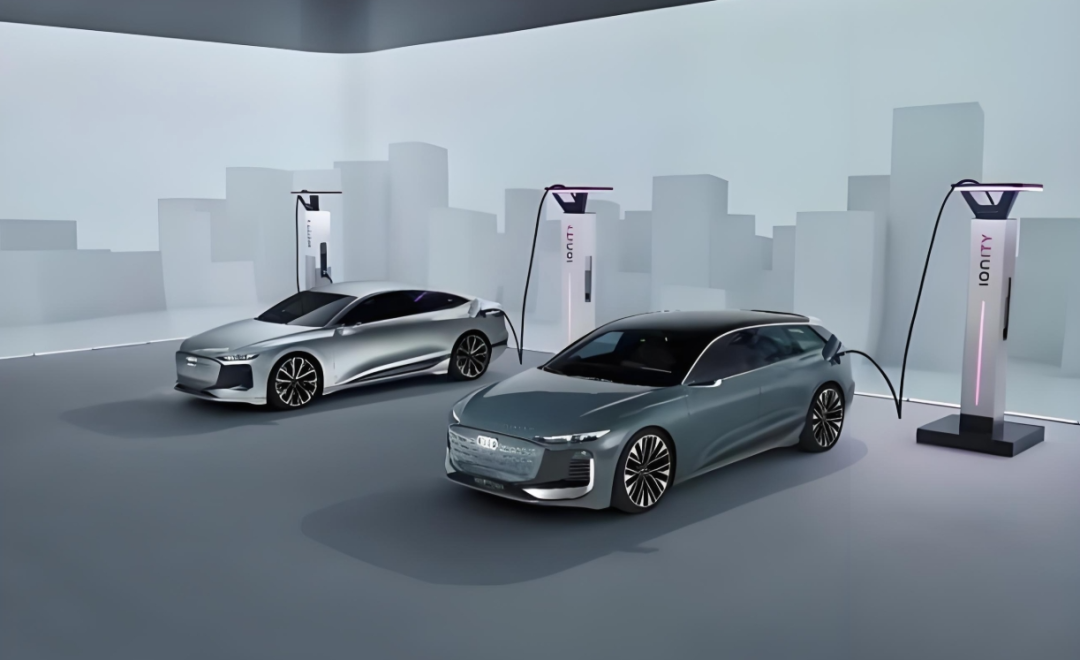
In fact, other traditional auto giants have also reached a consensus to some extent on a 'dual-track system'. For example, Mercedes-Benz retains the AMG fuel vehicle line, BMW continues the 3.0T six-cylinder option for the X5, and Toyota has constructed a three-dimensional route of hybrid, hydrogen, and pure electric. Their calculations show that the emission reduction effect of three hybrid vehicles is equivalent to that of one pure electric vehicle, but at a lower cost.
This strategy of 'not putting all eggs in one basket' reflects the giants' re-examination of technological paths.
Compared to giants, smaller brands are more daring to bet everything on one card. For example, Jaguar announced its transformation into a pure electric brand by 2025, and Volvo plans to fully electrify by 2030. The logic behind this is that smaller ships are easier to turn around, and the cost of sacrificing traditional industrial chains is much lower than that of giants like Volkswagen and Toyota. Even so, Volvo still reserves a five-year transition period, which shows how difficult full electrification is.
03
Contradictory Survival
Facing global contraction, Audi has shown a completely different aggressive face in the Chinese market, forming a dual-track strategy of 'global conservatism and Chinese aggression'.
For example, in terms of technology, Audi is cooperating with Huawei on the intelligent driving system; at the product level, it has launched the Q6L e-tron with an extended wheelbase of 105mm and a battery capacity expanded to 107kWh, providing a range of 700 kilometers. In terms of brand innovation, it has cooperated with SAIC Motor to create a new electric brand 'AUDI', tailored specifically for the Chinese market.
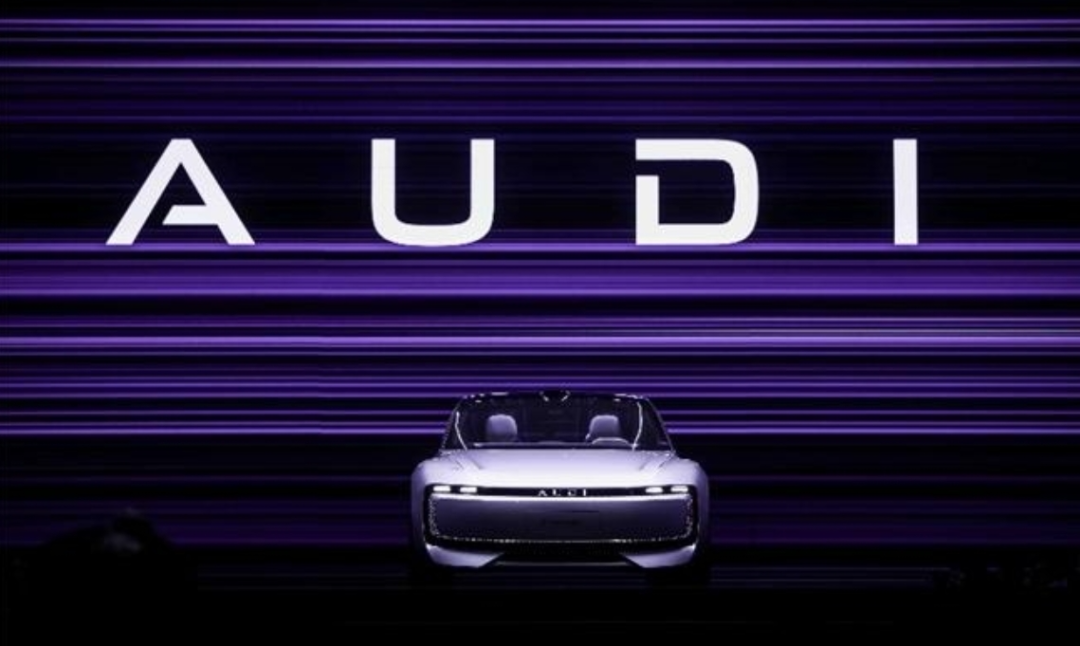
The dual-track strategy is also Audi's contradictory survival in the real market, but this strategic retreat is by no means a reversal; it is a return to the essence of market laws and a microcosm of the collective dilemma faced by traditional luxury brands in their electrification transformation. Manufacturers such as Mercedes-Benz, BMW, Ford, and Porsche have all adjusted their electrification strategies, shifting from 'All in Electric' to a pragmatic approach of parallel development of fuel and electric vehicles.
When new forces drive expansion with capital, traditional auto companies clearly recognize that profitability is the foundation of survival. Audi has abandoned cheap electric vehicles and concentrated its efforts on high-profit electric versions of the A6 and Q7; BMW has postponed the peak of electrification to 2026; Mercedes-Benz has abandoned the rapid rollout of the pure electric platform MMA and instead adopted a 'fuel-electric intelligence' strategy; Toyota, on the one hand, has launched the bz4x to test the waters of pure electric vehicles, and on the other hand, continues to support hybrid models. All of these are rational choices after precise calculations of costs and benefits.
More far-reaching is the correction of technical ethics. BMW executives have frankly stated that the high carbon emissions of battery production itself are ignored. When the entire industry pursues the electrification halo, giants use diversified carbon reduction solutions such as synthetic fuels and hybrid technologies to restore the complexity of carbon neutrality goals. Emission reduction does not necessarily equal electrification, and sustainability requires consideration of the entire life cycle.
The transformation of the automotive industry has never been a black-and-white revolution but a dynamic balance of technology, market, and policy. The strategic recalibration of companies like Audi is actually using pragmatism to inject a dose of sobriety into the overheated electrification narrative. When Tesla and new forces are forging ahead with a disruptive attitude, traditional giants have chosen a more circuitous but more sustainable transformation path in the maze of production capacity, costs, and consumption habits.
After all, the key to an elephant turning around is not speed but avoiding falling. In this marathon of electrification, the true winners may not be the fastest runners but the wise ones who know how to adjust their breathing rhythm the best.

